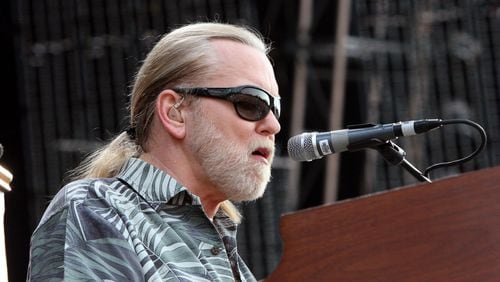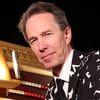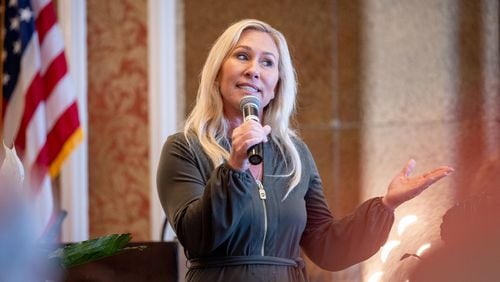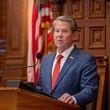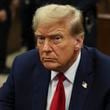Among the most perfect live albums ever recorded, “At Fillmore East” by the Allman Brothers Band was also the Fillmore’s swan song, recorded just before the New York City venue closed in the summer of 1971.
The Allmans continued to play music through the next four decades, beset by tragedy, triumph and personnel changes, and while the Fillmore was never resurrected, another Manhattan landmark took its place.
RELATED: Gregg Allman dies: Cher, Warren Haynes, Chuck Leavell share their grief online
MORE: Photos: Gregg Allman through the years
Beginning in 1989, the Allmans began playing multiple shows at Manhattan’s Beacon Theatre almost every March, creating a spring destination for faithful fans of “The Brothers.”
Like a music festival featuring only one band, the yearly residencies at the 2,800-seat Beacon served as a reason to clear the calendar, arrange hotel rooms and gather with friends.
“It was an annual ritual,” said Decatur attorney Doug Aholt, 63. “You made sure you had March dates open.”
Each spring during the last few decades Aholt and 10 to 20 friends would rendezvous at the Beacon to see shows on two or three successive nights. (The Allmans usually played between eight and fourteen shows during their residencies.)
Members of Aholt’s yearly party called themselves “The Brotherhood.” They ate together, rented out blocks of rooms together, even visited the Metropolitan Museum and other high-toned activities together in the moments between shows.
They grew older, got married, had children, moved to Colorado and California, but the “Beacon Run” remained a constant.
With the death of Gregg Allman Saturday, May 27, members of The Brotherhood cast their memories back over the many shows that had served as cement for an ongoing relationship.
“There were certain unofficial rules,” said David Systrom, 62, the de facto chairman of the group. “No business could be transacted during those couple of days,” he said. “None of The Brotherhood could bring in business associates. It was pure enjoyment.”
The group had its beginnings in the early 1980s when Systrom, a pulmonary critical care physician, offered to serve as a volunteer on-premises physician for the band’s leader and vocalist Gregg Allman during one of his solo Atlanta shows. At the time Systrom was a medical resident at Emory University.
RELATED: Click here to leave condolences for Greg Allman
RELATED: Gregg Allman funeral set, will be buried in Macon, Ga.
MORE: Gregg Allman, voice of Southern rock, dies at 69
WATCH: Greg Allman performs at Music Midtown
That relationship continued with the full Allman Brothers Band, even after Systrom moved back to his native Boston to serve at Massachusetts General and Brigham and Women’s Hospital. In exchange for backstage passes and the opportunity to buy good seats, Systrom helped band members with minor medical difficulties, finding a surgeon to lance guitarist Dickey Betts’ infected finger and helping Allman to the appropriate emergency care when he suffered a slipped disc onstage.
Aholt, Systrom’s Atlanta friend, and a loose circle of others were drawn into these rites of spring. Most agree that the shows at the Beacon Theatre, a gilded Art Deco masterpiece on the Upper West Side, captured some of that same Fillmore East magic.
The Allman Brothers Band played their last show at the Beacon Theatre in October 2014, a four-hour concert that rolled through the full history of the band. It turned out to be their last show ever, and fans agree it was a stem-winder.
“I hated to see it stop,” said Aholt, “but it needed to end on a high note.” That show, he said, was the high note. It was, he said, like “when Michael Jordan hit that three-pointer from the top of the key to win the NBA. It was sublime. It was the very top of the game.”
About the Author
